Virtualization vs. Emulation: Understanding the Difference
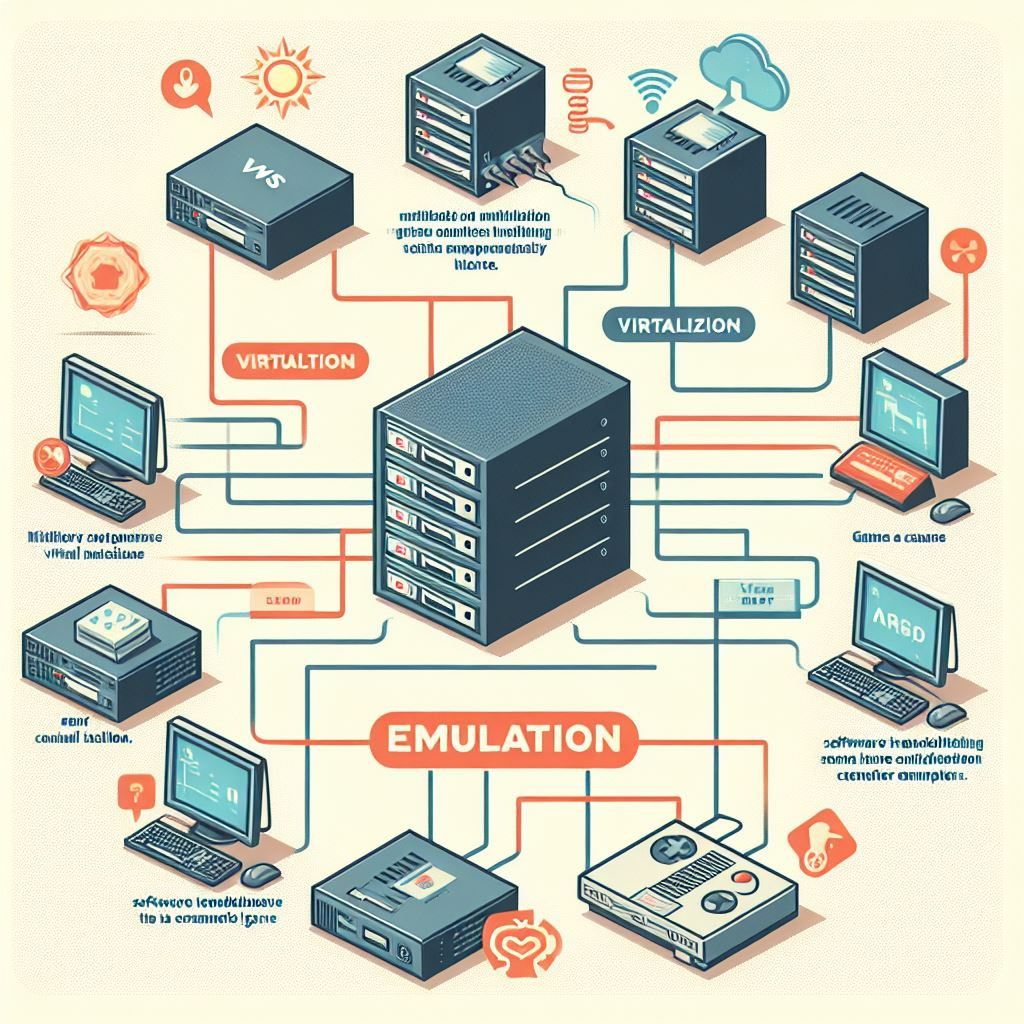
Virtualization
Virtualization is a technology that enables the creation of virtual instances of hardware, software, storage, or network resources. These virtual instances, known as virtual machines (VMs) or containers, behave like independent systems, allowing multiple operating systems or applications to run simultaneously on a single physical machine.
Key points about virtualization:
Hypervisor: Virtualization relies on a hypervisor, a software layer that abstracts and partitions the underlying physical hardware resources, allowing multiple virtual machines to share them efficiently.
Performance: Virtualization typically offers better performance than emulation because it leverages the underlying hardware directly, with minimal overhead.
Isolation: Virtual machines are isolated from each other, providing security and stability. If one VM crashes, it does not affect others running on the same physical machine.
Use cases: Virtualization is commonly used in data centers for server consolidation, cloud computing, software development, and testing. Popular virtualization platforms include VMware, Hyper-V, and KVM.
EmulatioN
Emulation, on the other hand, involves mimicking the functionality of one system on another system that is different from the original. It allows software or hardware designed for one platform to run on another platform that it was not originally intended for.
Key points about emulation:
Processor Simulation: Emulation often involves simulating the processor architecture of the original system, along with other hardware components, to accurately replicate its behavior.
Performance: Emulation typically incurs higher overhead compared to virtualization because it involves translating instructions from the emulated system to the host system’s architecture, which can be computationally intensive.
Flexibility: Emulation offers greater flexibility in running legacy software or operating systems on modern hardware. It enables backward compatibility and allows running software designed for obsolete or unsupported systems.
Use cases: Emulation is commonly used in gaming to run older console games on modern computers, in software development for cross-platform testing, and in the preservation of legacy systems and software.
Comparison
In summary, the main difference between virtualization and emulation lies in their approach and purpose. Virtualization creates virtual instances of hardware or software to efficiently utilize resources and enable the simultaneous operation of multiple environments on a single physical machine. Emulation, on the other hand, mimics the behavior of one system on another to enable compatibility and run software or operating systems across different platforms. While virtualization is optimized for performance and resource sharing, emulation focuses on compatibility and flexibility, albeit at the cost of higher overhead.
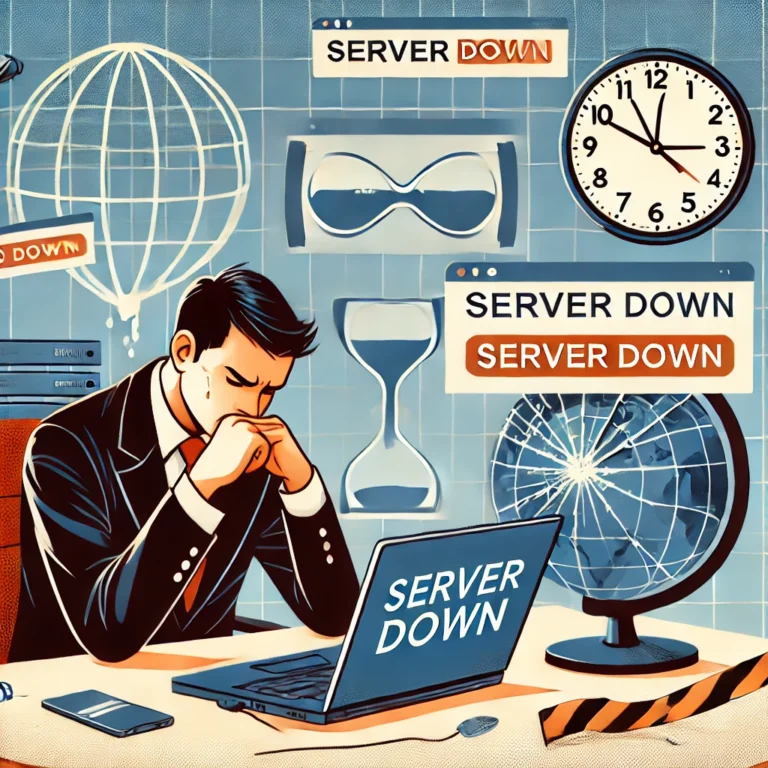





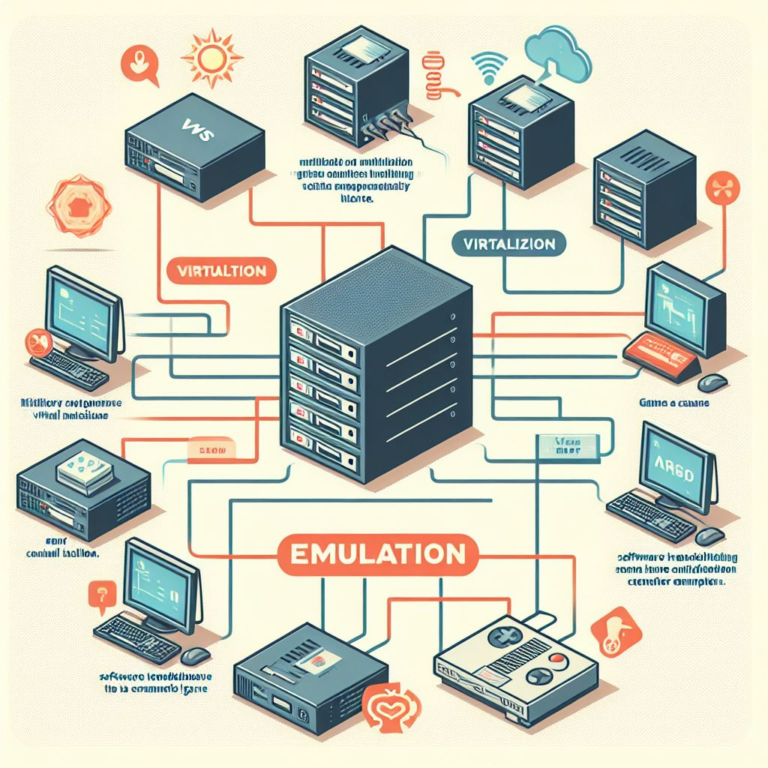


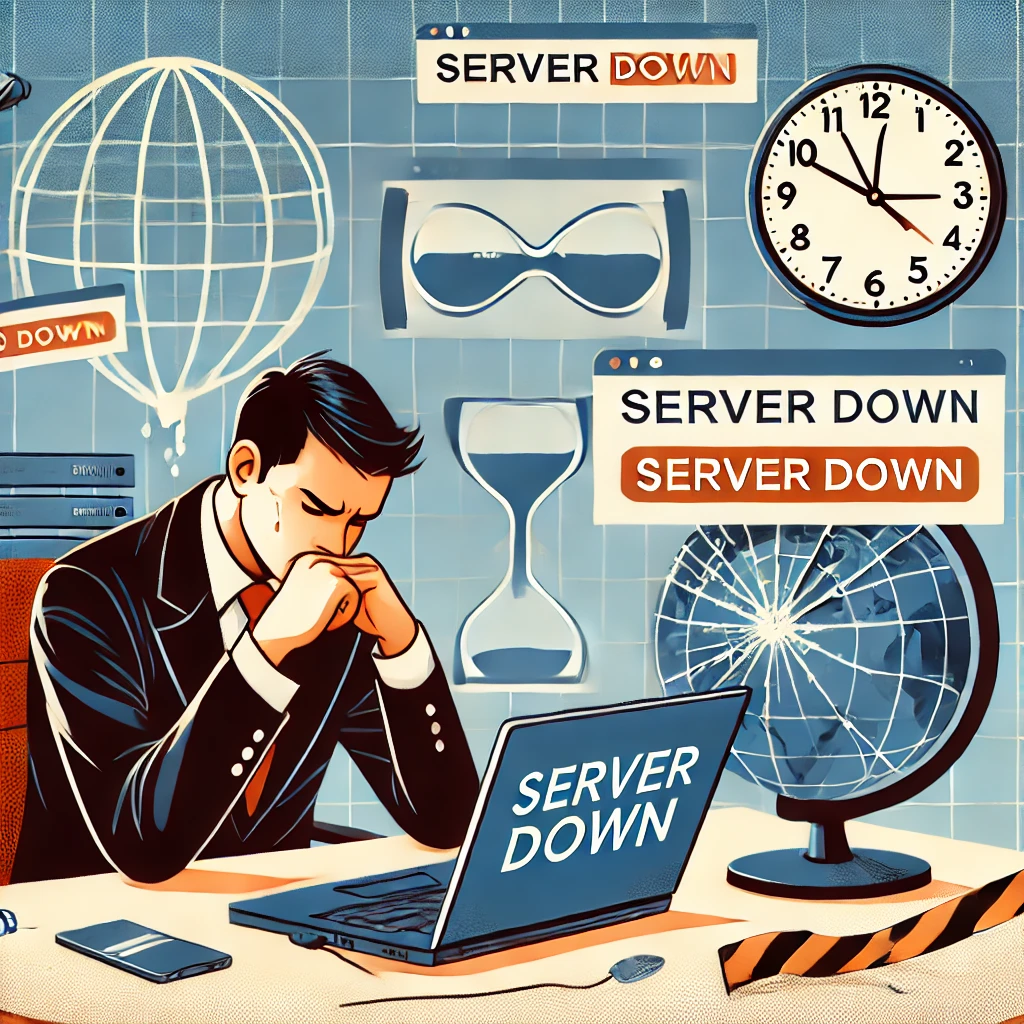


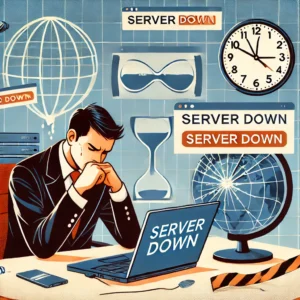





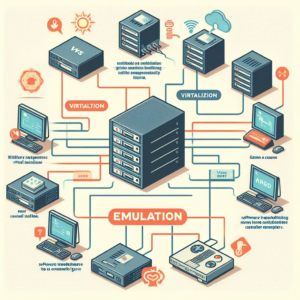



Post Comment